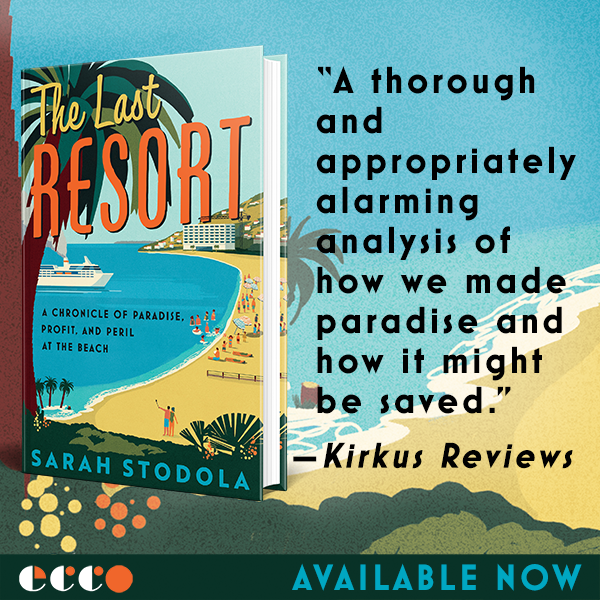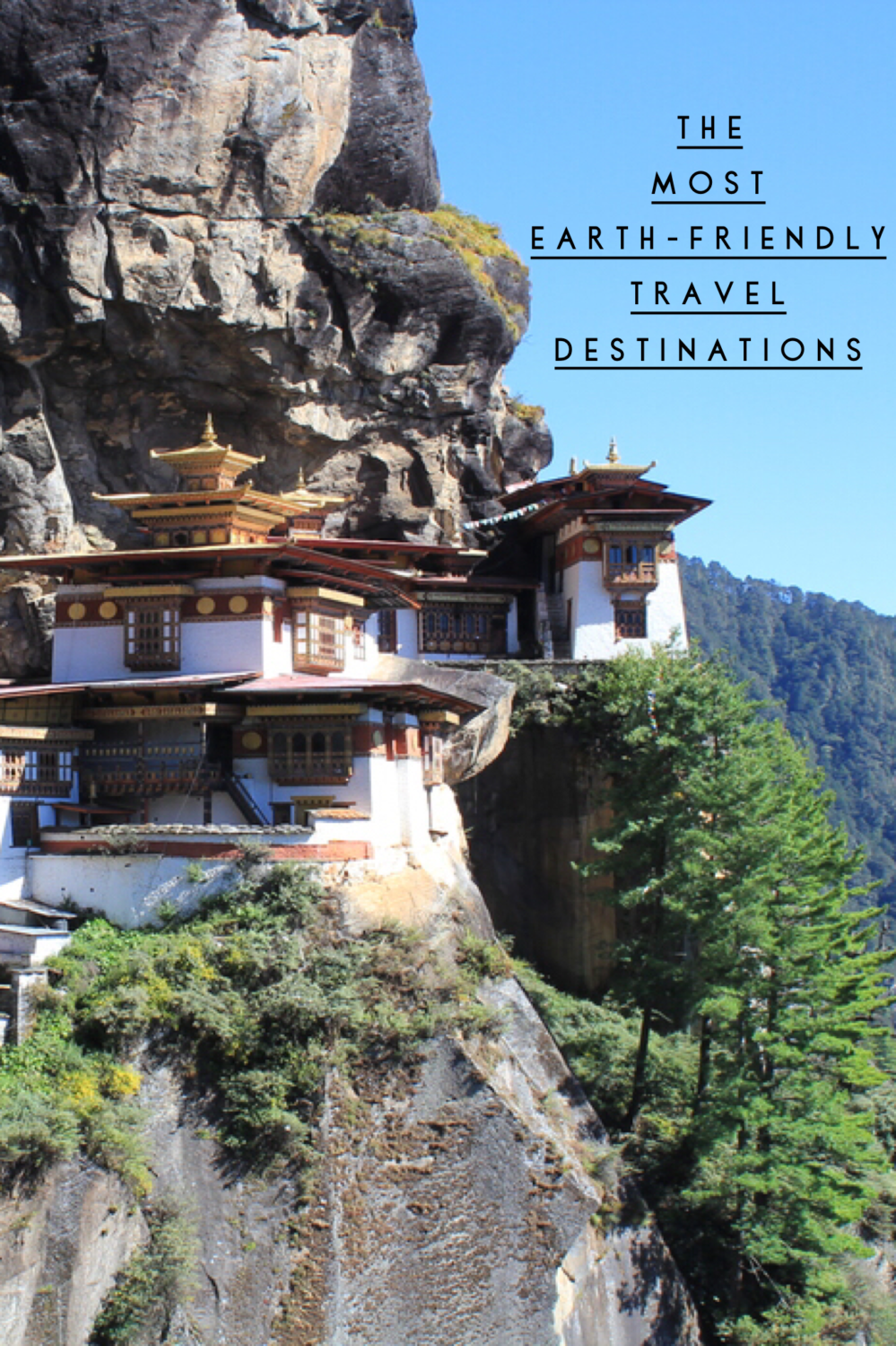Across the globe, tourism is booming–well over a billion people traveled internationally in 2017, with more joining in the fun every year. But as the industry flourishes, so does concern about tourism’s environmental impact.
One part of the solution: choosing destinations wisely.
The six we’ve included here are not only enticing places to visit, they’ve also built sustainability into their infrastructure, so much so that they have reached or will soon reach carbon neutrality. And in many cases, they use tourism as a tool to better the environment, society and economy simultaneously.
It might not be guilt-free travel–you probably still have to take a flight to get there–but it’s getting closer. Here are six travel destinations with serious carbon neutral cred…
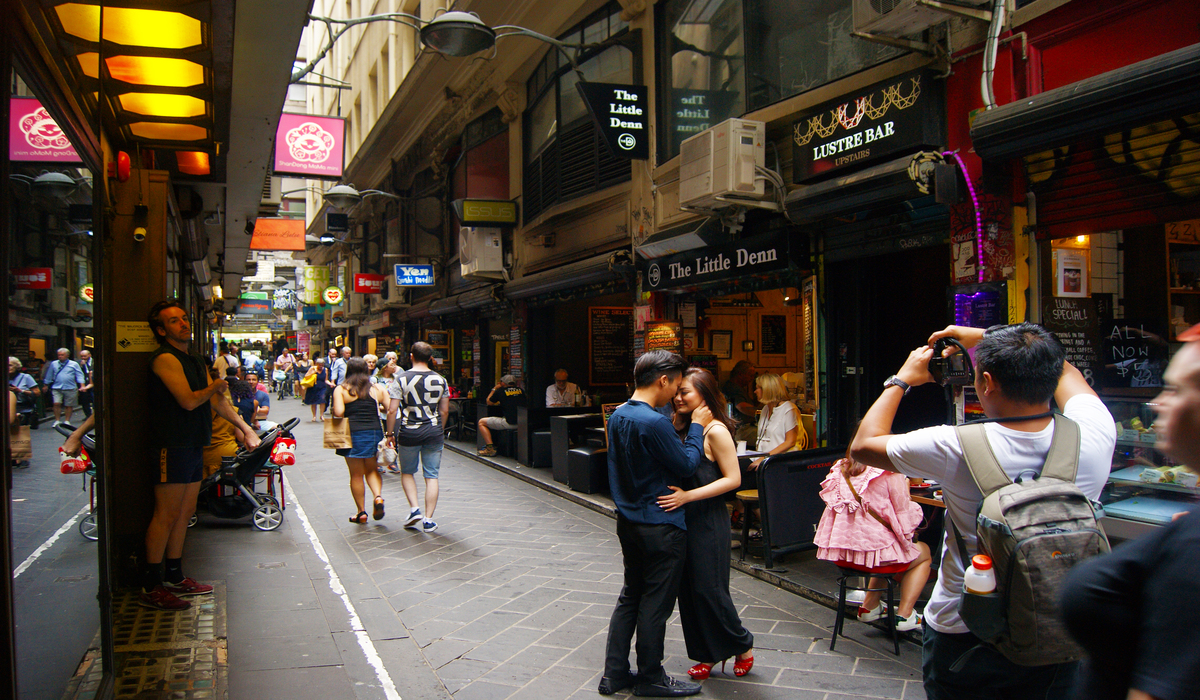


Melbourne, Australia
Carbon Neutral Cred: a carbon neutral city since 2014
Melbourne has proudly maintained its carbon neutral status and continues to implement its Emissions Reduction Program. The city has invested millions of dollars towards energy efficient LED lights to upgrade its street lights, as well as embracing the biodiversity in Melbourne and filling unexpected parts of the city with oxygen-releasing organisms. The city has brought emissions down 3.1 percent since 2006 even as the economy grew 42 percent.
Highlights of Melbourne:
- The Laneways, bustling cobbled alleys that weave through the urban landscape of Melbourne, create unexpected intersections, making it easy to get lost in both the experience and your direction. Hidden cozy bars, art galleries and hole-in-the-wall cafes help give the laneways a unique charm. The laneways have recently undergone a green transformation of their own, with newly installed planter boxes, trees and other plants.
- Melbourne’s Many Festivals:
- The White Night Festival, featuring music, dance, light shows, and art exhibits.
- Melbourne Comedy Festival, the third largest international comedy festival in the world.
- Melbourne Fringe Festival, a celebration of cultural democracy and artistic freedom, where the city transforms into a platform for artistic expression.
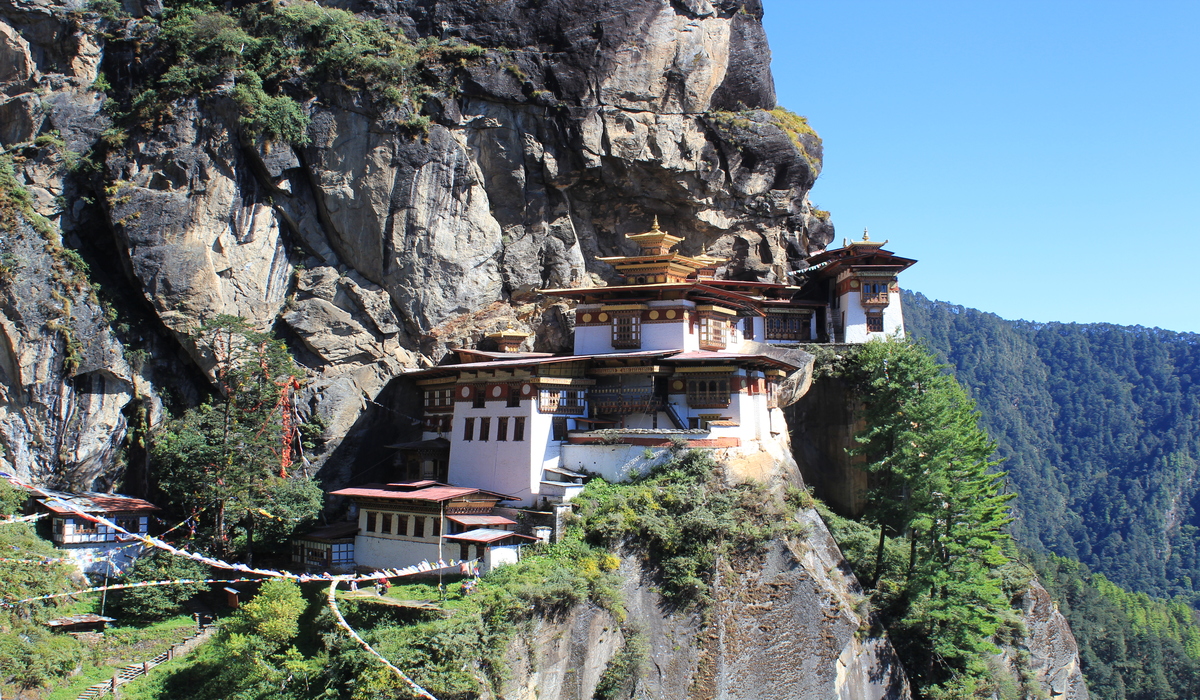


Bhutan
Carbon Neutral Cred: The only carbon negative country in the world
The Himalayan kingdom of Bhutan is not only carbon-neutral…it is carbon-negative, and arguably the most environmentally friendly place on the planet. 72 percent of Bhutan is under forest cover, which generates more than three times the amount of carbon that the country emits.
The “low volume, high quality” approach to tourism means that a visit to Bhutan requires a visa and a $250 charge per person per day, which covers lodging in three-star accommodations, a licensed tour guide, all meals, camping and hiking equipment, taxes, and fees. Included in the fee is a $65 sustainable development fee that the country uses to fund education, healthcare and the expansion of endurable tourism.
Highlights of Bhutan:
- The Tsechu Buddhist Festival, a celebration of Bhtuan’s rich cultural heritage held all year round at temples throughout the country featuring music, dance and other sacred rituals.
- Paro Taktsang, a Buddhist temple complex and cultural landmark of Bhutan. The sacred site hugs the edge of a cliff in Paro Valley, 3120 meters above sea level.
- Kayaking and Rafting among crystal clear rivers. There are four major rivers in Bhutan that flow out of the Himalayas, providing strong currents and a thrilling opportunity to explore the country’s wilderness.



Oslo, Norway
Carbon Neutral Cred: on track to be a carbon neutral city by 2030
In efforts of Oslo reaching its carbon neutral goal in the next ten years, the city has made major changes to its transportation structure. Oslo ultimately plans to be a car-free city, and in 2018, 56 percent of cars purchased were electric. A new terminal at the Oslo Airport recently received “Excellent” BREEAM rating, a certification assessing the sustainability of buildings and civil work projects worldwide, and Oslo plans to have an electric aircraft system for all domestic flights by 2040.
Oslo Highlights:
- Tjuvholmen Sculpture Park, designed by world-renowned architect Renzo Piano: a breathtaking confluence of nature and art in one setting.
- Sørenga Seawater Pool: Oslo’s Harbour Promenade has recently been renovated and lined with restaurants, cafes, and outdoor spaces. Sørenga is one of the Promenade’s new neighborhoods and home to the Sørenga Seawater Pool – a public pool open year round, filled with natural seawater, and entirely decked in sustainable Kebony wood. Kebony technology was developed in Norway, and modifies sustainable softwoods to give them the characteristics of hardwood.
- Seasonal Nordic Cuisine at three Michelin starred restaurant Maaemo. With a modern and minimalist atmosphere, this restaurant provides a full experience highlighting seasonal Norwegian produce. Maaemo means ‘mother earth’ and the connection this establishment holds to nature makes for an enticing dining experience.
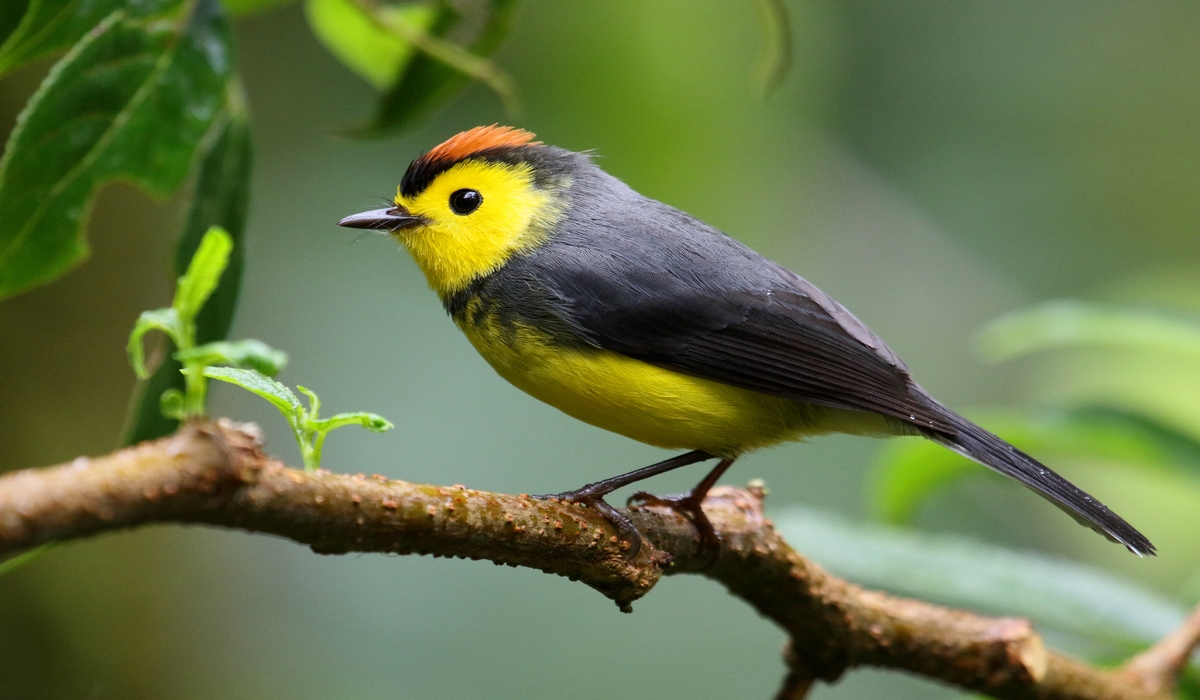


Costa Rica
Carbon Neutral Cred: on track to be a carbon neutral country by 2021
With 98 percent of Costa Rica’s energy coming from renewables and hydropower, the country is not far from its 2021 goal. One of the green capitals of the world, fueled by a stable democracy and a commitment to sustainability, Costa Rica is known for its exotic biodiversity, with more than a quarter of the country covered in forest. The national parks, delightful climate, and high standard of living make Costa Rica a top tourism destination.
37 percent of Costa Rica’s carbon emissions come from farming, including 10 percent from coffee production. Three major coffee companies have gone carbon neutral with zero emissions, and a new production process that has lowered water consumption 80 percent and energy use 40 percent.
Costa Rica Highlights:
- Coffee Plantations throughout Costa Rica open their operations to visitors. Coopedota Coffee Cooperative, one of the three carbon neutral coffee companies in Costa Rica, makes for a good tour and tasting.
- Monteverde Cloud Forest remains one of the ecotourism wonders of the world. The reserve is bursting with life and diversity, home to thousands of different species. A tour through the Monteverde Cloud Forest is a wonderful way to experience the extraordinary ecosystems on this planet, and the vibrancy of Costa Rica.
- Manuel Antonio is perhaps Costa Rica’s most popular beach. It is nestled within the Manuel Antonio national park, and home to both wild swinging monkeys and luxurious five-star hotels. Seaside massages and zip-lining are both offered here.
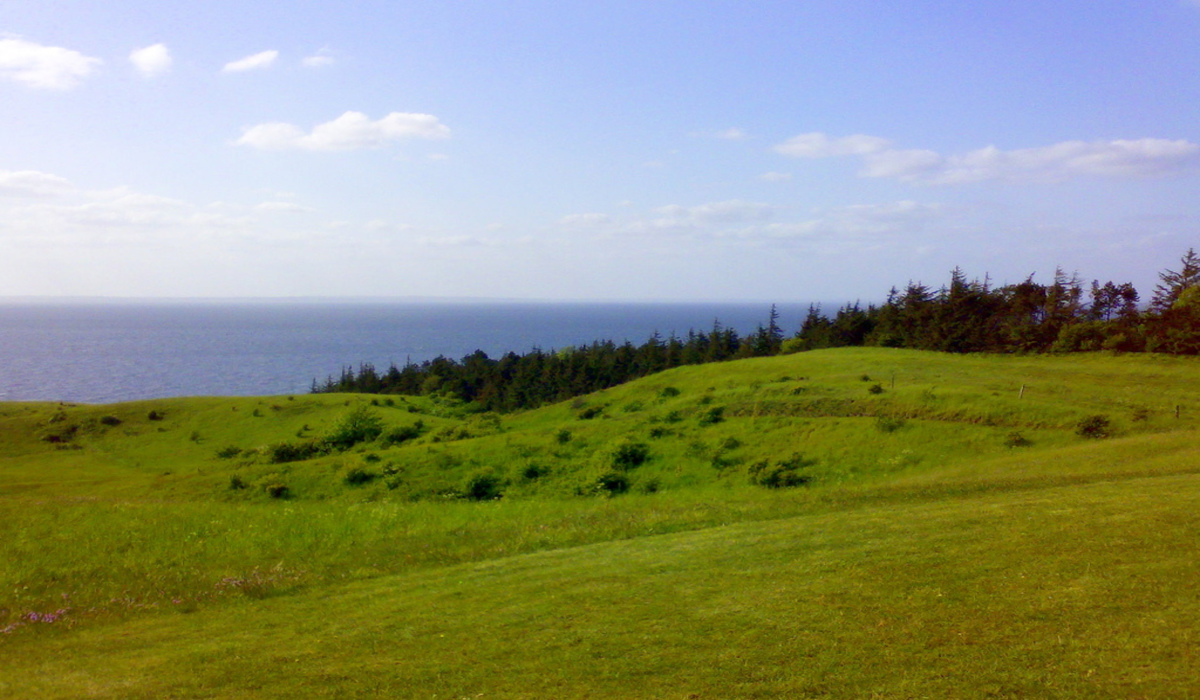


Samsø Island of Denmark
Carbon Neutral Cred: Carbon neutral since 2005
20 years ago, Samsø faced steep financial challenges, as its fishing and farming industries were on the decline and its electricity and heating costs were rising. In 1997, the island entered a government-funded contest to create a model for renewable energy, lead by Søren Hermansen, a local environmental studies teacher-turned green energy mastermind. Hermansen was committed to turning his rural community into a green powerhouse and encouraging other communities throughout the world to make similar transitions. By 2005, the island reached carbon neutrality and green energy independence, using wind and solar energy to power its electricity and geothermal and plant-based energy for heat. Samsø even sells excess energy the mainland 11 miles away, bringing financial benefits to the hundreds of residents who own shares in the island’s wind farms.
Samsø Island Highlights:
- Fishing: The coastline of Samsø is full of various aquatic species, and offers a very unique fishing experience. The most commonly found types of fish are garfish, sea trout, mullet, cod and multiple types of flatfish.
- Samsø Syltefabrik (Samsø Pickle Factory), is the last Danish-owned factory producing pickled products. Sold at all of the leading grocery stores, and used widely throughout the professional culinary industry, Samsø Syltefabrik products have left a prominent mark on Danish pickling. The factory manufactures products from local produce such as beetroots, red cabbage, cucumbers, seeded cucumbers, gherkins, pumpkins and potatoes.
- Samsø Labyrinten was awarded the World’s Largest Maze by the Guiness Book of World Records. If you are intrigued by the art of getting lost, this extensive path is for you. Surrounded by over 50,000 trees and at least 25 different species of birds and other animals, this maze provides a complete nature experience.
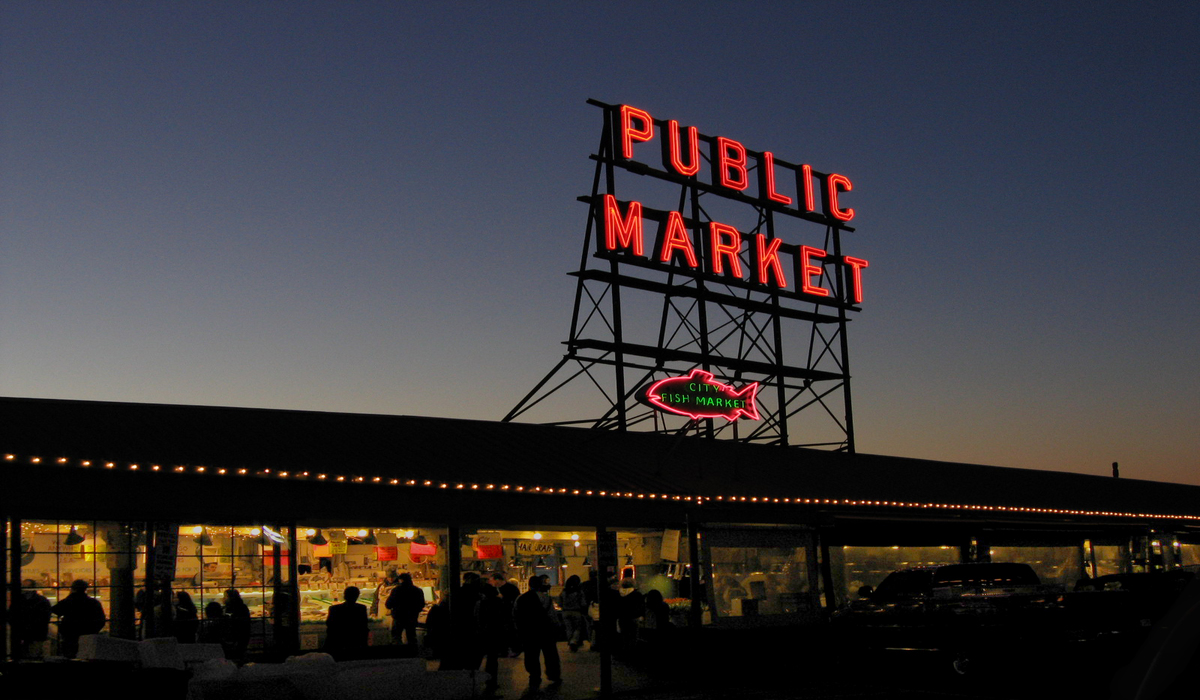


Seattle, Washington
Carbon Neutral Cred: Aims to be carbon neutral by 2050
As one of the fastest growing cities in America, Seattle has been wise to prioritize sustainability, and plans to be carbon neutral by 2050. With 66 percent of carbon emissions coming from transport, the city aims to upgrade its infrastructure to better support walking and biking, expand and improve bus service, and grow the light-rail system. The bicycle master plan is currently being implemented, with the government spending millions of dollars to create dependable bicycle facilities. The goal is to reduce up to 40 percent of greenhouse gases produced from cars and trucks. The plan is already producing results: Since, 2008, emissions for Seattle are down 6 percent, despite 22 percent economic growth.
Seattle Highlights:
- The Ballard Locks, one of the most popular tourist attractions in Seattle, were built to maintain water levels, prevent the mixing of seawater and freshwater, and to move boats from the water level of the lakes to that of of the sea and vice versa. Loaded with history and visually breathtaking, the locks are a unique way to experience Seattle’s stunning landscape. Check out those salmon!
- Seattle Hot Dogs are perhaps the country’s most unique version. Cream cheese on a hot dog…sounds weird, right? Don’t judge it until you’ve tried it. Something about the caramelized onions, slightly toasted bun, and of course, cream cheese, is an absolutely perfect combination. These babies are sold from street carts throughout Seattle.
- Pike Place Market, established in 1907, is Seattle’s premiere farmers market, and one of the best in the country. The market is nine acres long, full of multisensory experiences ranging from live music, seasonal flavors, art exhibits and more. It’s a must-see in Seattle.



